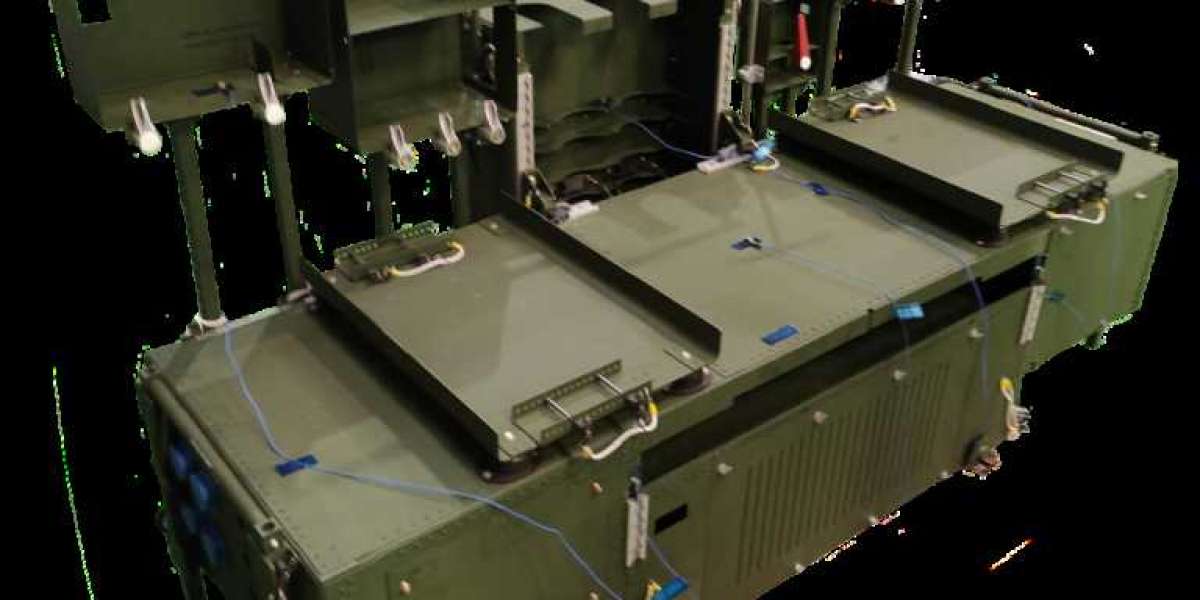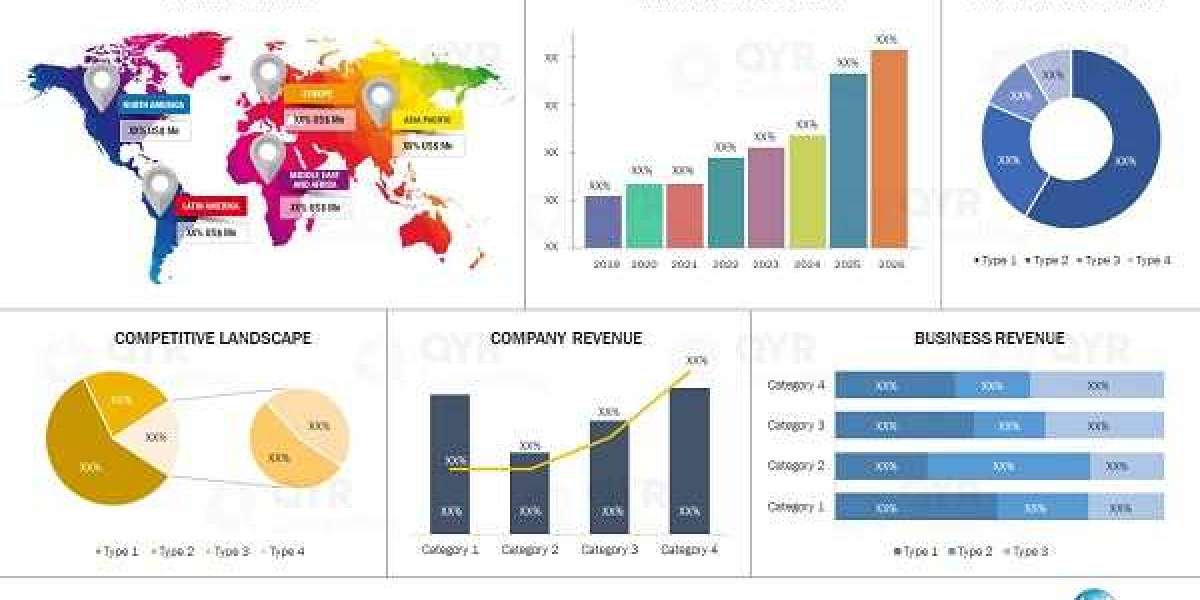The aerospace industry has consistently prioritized passenger comfort and safety, leading to innovations in cabin interior design. Ergonomic and durable cabin interiors are essential for enhancing the flight experience while ensuring long-term reliability in challenging operational conditions. These interiors not only focus on aesthetics but also integrate cutting-edge materials and technologies to meet the evolving demands of airlines and passengers.
The Importance of Ergonomics in Cabin Design
Ergonomics plays a critical role in the design of aircraft cabin interiors, as it directly impacts passenger comfort during flights. Long-haul journeys require seating arrangements that minimize fatigue and discomfort, making features like adjustable headrests, lumbar support, and reclining mechanisms essential. Additionally, ergonomic designs extend to aisle widths, overhead storage compartments, and lavatory layouts to ensure ease of movement and accessibility for passengers of all ages and physical abilities.
Materials That Enhance Durability
Durability is a key consideration in aerospace cabin interiors due to the extreme conditions encountered during flight operations. Lightweight composite materials such as carbon fiber and engineered alloys are commonly used to withstand high-altitude pressure changes, temperature fluctuations, and vibrations. These materials not only enhance durability but also contribute to fuel efficiency by reducing the overall weight of the aircraft. Intérieurs pour le secteur aérospatial, advanced coatings are applied to surfaces to resist wear and tear, ensuring longevity.
Innovations in Seating Design
Aircraft seating is a central element of cabin interiors, with continuous improvements aimed at balancing comfort and space optimization. Modern seats are designed using memory foam cushions, breathable fabrics, and customizable configurations to cater to passenger preferences. Innovations such as lie-flat seats in business class or modular seating arrangements allow airlines to adapt their cabins for different flight durations and passenger demographics. These advancements ensure that seating meets both ergonomic standards and aesthetic appeal.
Noise Reduction and Acoustic Comfort
Cabin noise levels significantly affect passenger experience, especially on long-haul flights. To address this, airlines employ noise reduction technologies such as improved insulation materials and acoustic panels. These features minimize disturbances from engine sounds or external turbulence, creating a quieter environment for relaxation or work during flights. Acoustic comfort is further enhanced by strategic placement of sound-absorbing materials within the cabin structure.
Lighting Systems for Enhanced Passenger Experience
Lighting systems in aircraft cabins have evolved to simulate natural light patterns, reducing jet lag and improving passenger well-being. Dimmable LED lights are used to create soothing environments that align with different phases of the flight, such as boarding, cruising, or sleeping. Airlines also leverage lighting designs as part of their branding strategies, incorporating unique color schemes or themes to leave a lasting impression on passengers.
Sustainability in Cabin Interiors
With growing emphasis on environmental responsibility, sustainability has become a major focus in aerospace interior design. Airlines are increasingly adopting eco-friendly materials such as recycled composites or biodegradable fabrics for cabin furnishings. Energy-efficient systems like LED lighting and advanced climate control technologies further reduce the environmental impact of aircraft operations. These efforts align with global sustainability goals while appealing to eco-conscious travelers.
Conclusion
Ergonomic and durable cabin interiors are indispensable for delivering a safe, comfortable, and memorable flight experience. By integrating advanced materials, innovative designs, and sustainable practices, aerospace manufacturers continue to redefine the standards of cabin interiors. As passenger expectations evolve alongside technological advancements, the industry remains committed to creating spaces that balance functionality with aesthetics while prioritizing safety and environmental stewardship. This dedication ensures that future flights will be both transformative and efficient for passengers worldwide.











